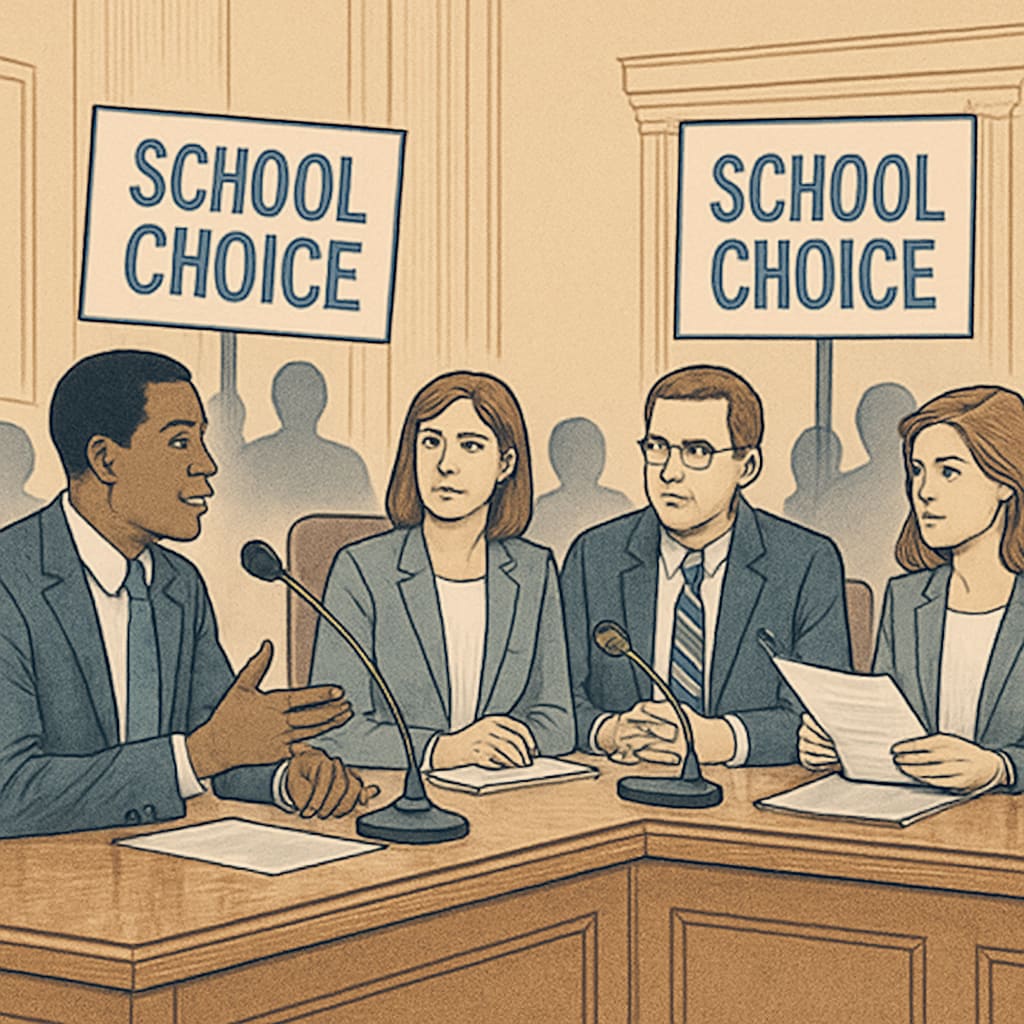Organizations like Stand For Children have positioned themselves as champions of education reform. Yet, their legislative strategies to redistribute public education funding have sparked concerns about the privatization of education. While their stated goal is to improve educational outcomes, the actual impact of their actions may lead to resource depletion in public schools, school closures, and widespread teacher layoffs. This article examines the mechanisms these organizations use and the consequences for the K-12 education system.
The Rise of Education Privatization
Privatization in education refers to the shift of public resources towards private entities, often through legislative measures designed to “reform” existing systems. Groups like Stand For Children champion initiatives such as charter schools and voucher programs, claiming these options provide better opportunities for children. However, these measures frequently divert funding away from traditional public schools, leaving them under-resourced and struggling to meet the needs of their students.

Legislative Tools Used to Redistribute Public Education Funds
Stand For Children and similar organizations leverage legislative tools to achieve their goals. One common approach is advocating for policies that allocate public funds to privately managed charter schools or voucher programs. For example, “school choice” legislation may redirect taxpayer money from public school budgets to private institutions, effectively starving public schools of essential resources. As a result, public schools, particularly those in underserved communities, may face closures due to insufficient funding.
Additionally, these legislative measures often include provisions that weaken teachers’ unions and collective bargaining rights, making it easier for schools to reduce staff or replace experienced educators with lower-cost alternatives. While these tactics are framed as cost-saving measures, they often erode the quality of education provided to students.

The Impact on Public Schools and Communities
The redistribution of public education funds has far-reaching consequences. Schools in low-income areas are disproportionately affected, as they rely heavily on government funding. When resources are diverted to private entities, these schools are left with fewer teachers, outdated materials, and deteriorating facilities. As a result, the students who need the most support are further disadvantaged.
Moreover, the closure of public schools can destabilize communities. Schools often serve as community hubs, providing not only education but also extracurricular activities, meals, and support services. Losing a school can fragment a community, forcing families to seek alternatives that may be less accessible or less affordable.
Protecting the Integrity of Public Education
To safeguard the future of public education, it is essential for policymakers and the public to scrutinize the motives and outcomes of education privatization initiatives. Transparency in how funds are allocated and used is critical to ensure that reforms genuinely benefit students rather than private interests.
Advocacy groups that claim to prioritize children’s welfare must be held accountable for the impact of their actions. Community members and educators are encouraged to participate in public hearings, demand detailed reports on funding allocations, and push for policies that prioritize equitable access to quality education for all students.
As a society, protecting public education is not just about preserving schools; it is about investing in the future of our children and communities.
Readability guidance: This article uses short paragraphs, clear headings, and avoids jargon to maximize accessibility. Lists summarize key points where applicable, and transition words like “however,” “as a result,” and “in addition” improve flow and coherence.


